1. A Candle Can Summon Spirits
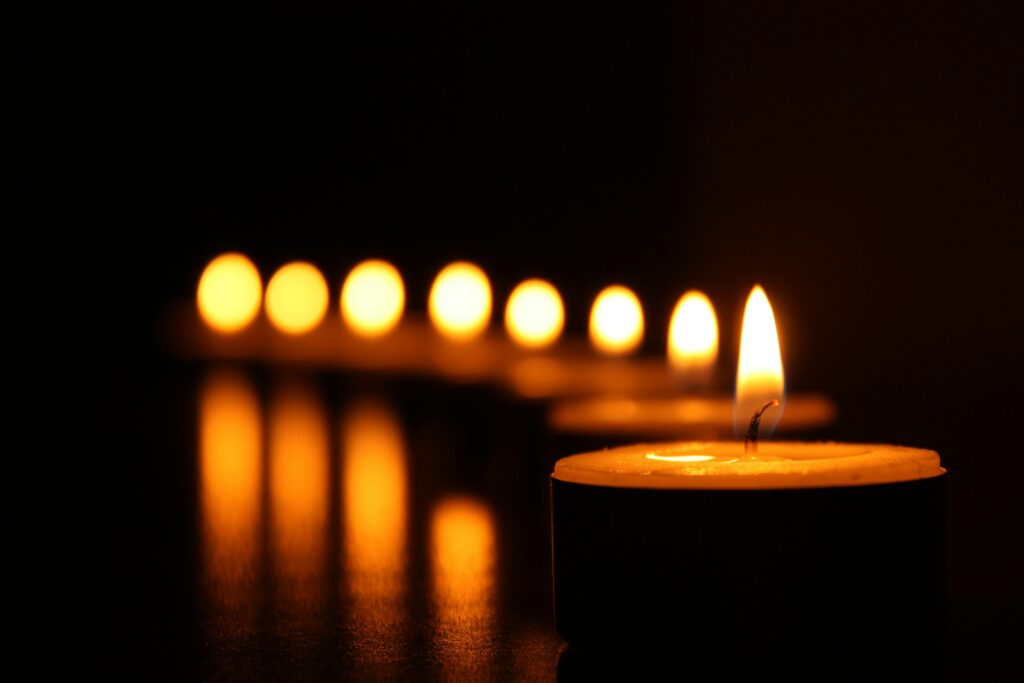
One of the oldest beliefs around candles is that they can act as a beacon for spirits. Folklore often warned people never to leave a candle burning in an empty room because it might attract wandering souls who were looking for warmth or a place to linger. People told stories about flickering flames signaling that a ghost had joined you. Some even believed that the brighter the flame burned, the stronger the spirit’s presence was in that moment.
This made candlelight both comforting and unsettling, depending on who you asked. Families sometimes used candles during séances to call upon loved ones, convinced the flame served as a kind of spiritual telephone line. On the flip side, superstitions said snuffing out a candle too quickly could anger the ghost it summoned. In either case, one small flame carried a whole lot of supernatural weight.
2. A Candle Blowing Out Means Death
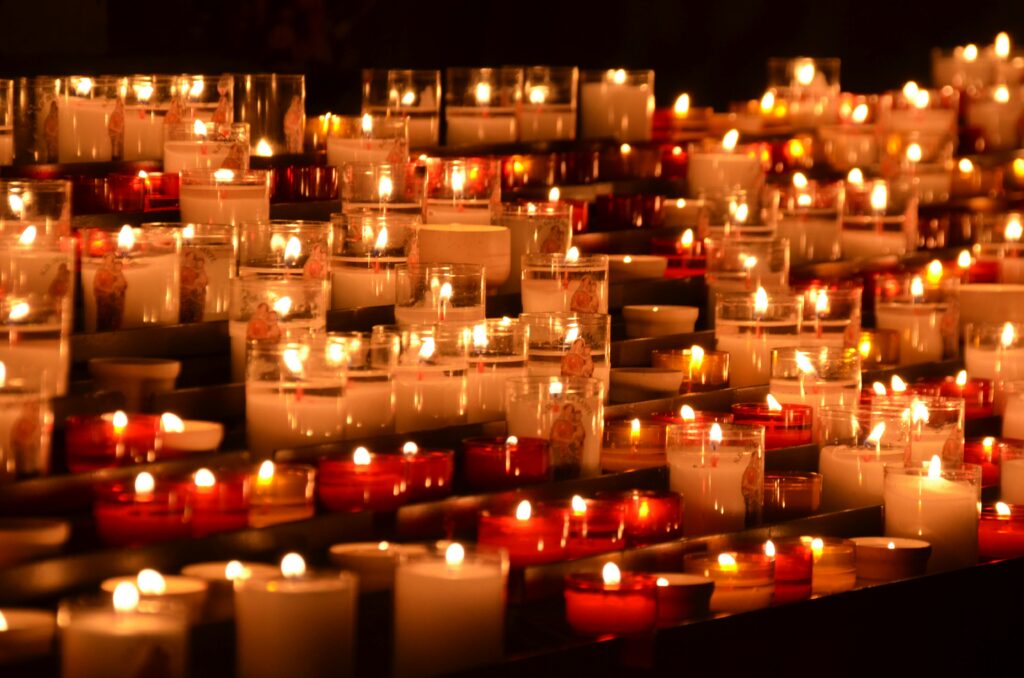
In some communities, there was a chilling superstition that if a candle suddenly blew out on its own, it was a sign of death. People often said the candle’s flame represented a soul, and when it vanished unexpectedly, it meant someone’s life would end soon. Families told stories about attending wakes where candles went out, only to hear of another death in the neighborhood a few days later.
This fear led people to guard candles carefully, shielding them from drafts and sudden movements. The accidental flicker of a flame could send shivers down someone’s spine. Even today, some folks still get uneasy if a candle extinguishes on its own, as if it’s more than just the wind playing tricks.
3. Never Light Three Candles Together
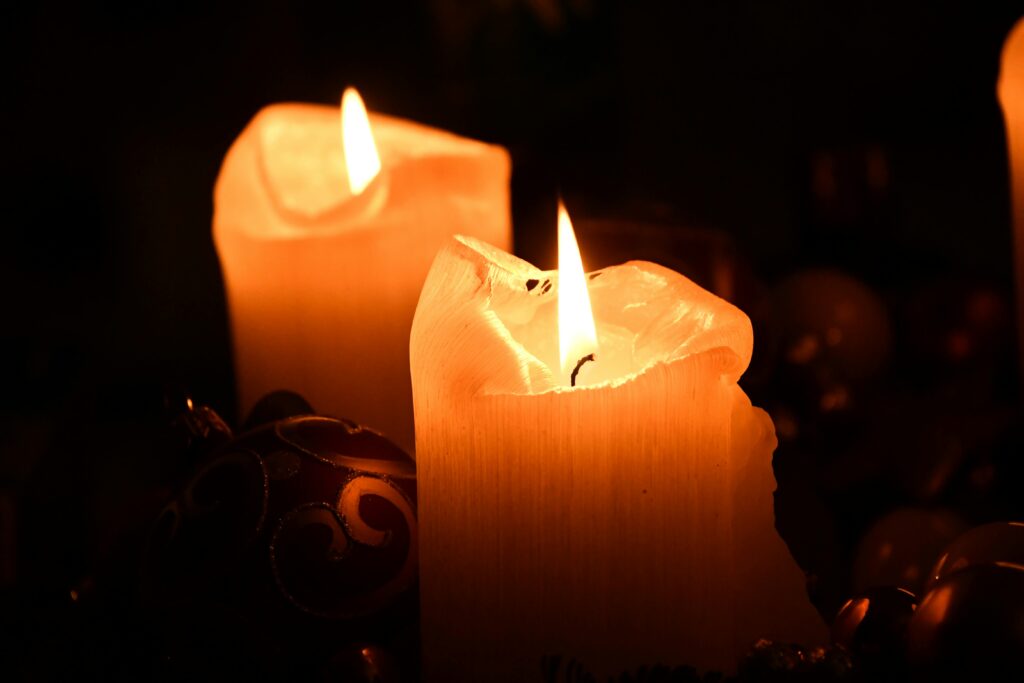
Lighting three candles in a row has long been thought of as bad luck. Old stories claim it could bring misfortune, illness, or even death to one of the people present. Some variations of the myth said the middle candle was cursed, acting as a magnet for dark energy. Soldiers in wartime even repeated the superstition, saying the third candle lit would mark the man to be shot next.
Even outside of battlefields, this belief made its way into households and social gatherings. People avoided arranging candles in threes, choosing pairs or even numbers instead. The idea stuck in people’s minds so strongly that you can still find traces of the superstition in theater circles and wedding traditions.
4. Candles Can Trap Wishes
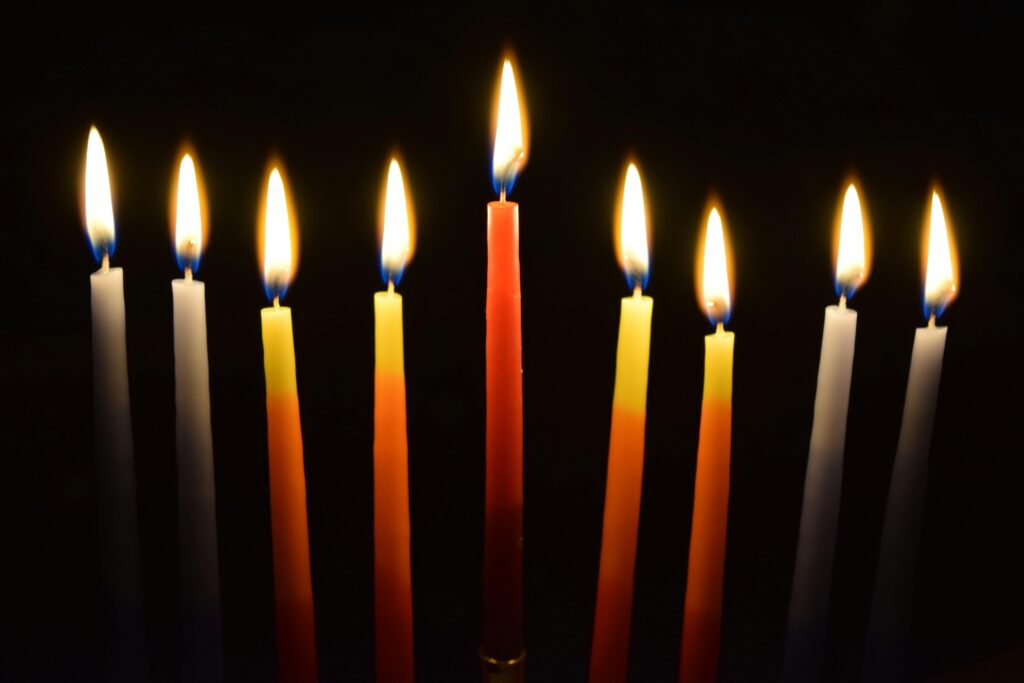
Folklore often painted candles as wish-keepers. People believed that if you whispered your wish into a flame and let the candle burn all the way down, the wax would hold your secret until it came true. The trick was not to blow it out yourself, because doing so supposedly broke the spell.
This idea gave rise to birthday candles, but in earlier times, it was taken far more seriously. Children and adults alike clung to the hope that a single flame could carry their desires into the universe. Sometimes, they even buried the leftover wax in their garden, believing it would help the wish grow into reality.
5. A Candle Under the Bed Invites Demons
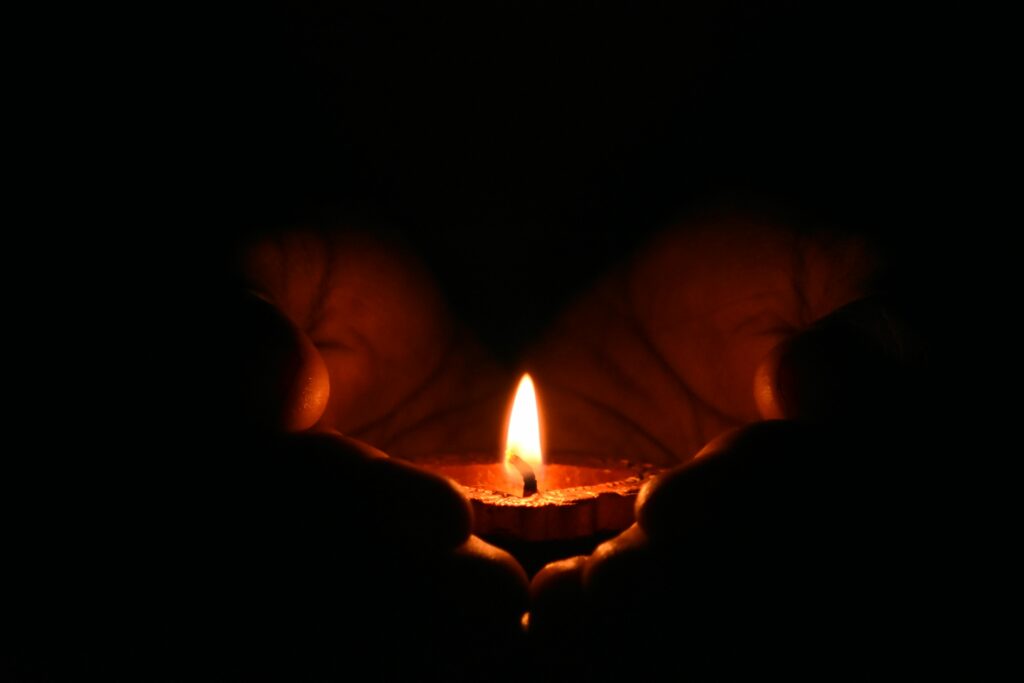
One of the darker myths claimed that placing a candle beneath your bed would invite demons into your home. The flame was thought to attract evil spirits from the underworld, who could slip up through cracks in the floorboards. People warned that a candle left burning under a bed might even cause nightmares, possessions, or sudden illness.
These beliefs may have stemmed from practical warnings about fire hazards, but the supernatural twist gave it a chilling spin. Parents told children not just about the risk of fire but also about demons lurking close by. It turned a simple candle into something both dangerous and forbidden in the bedroom.
6. Red Candles Bring Blood
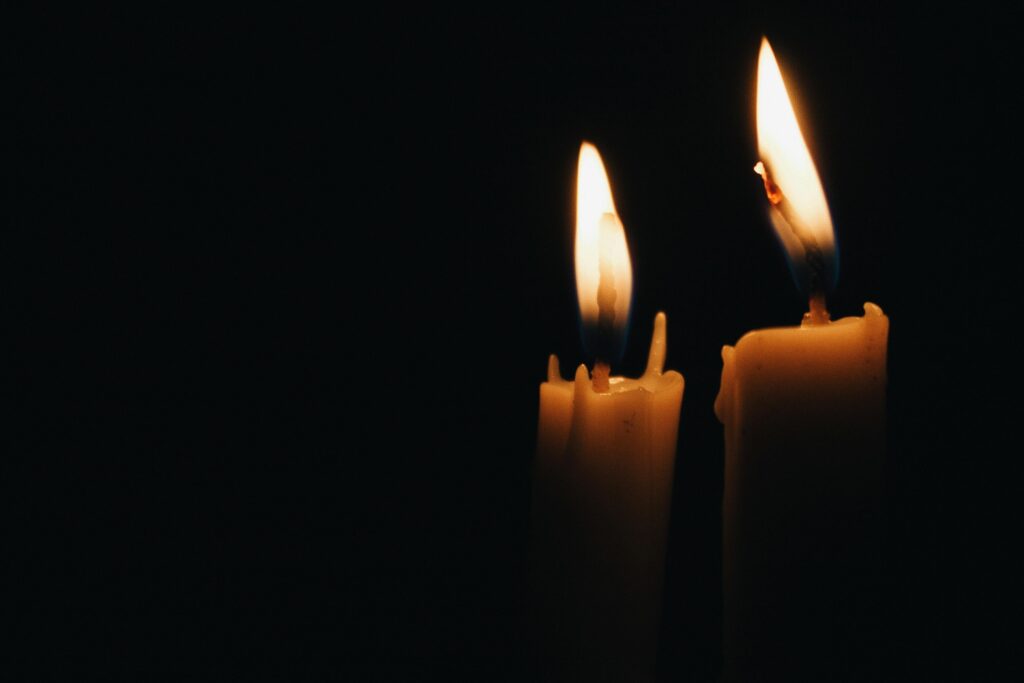
Colors played a big role in candle folklore, and red candles carried some of the scariest associations. People whispered that burning one would invite violence, bloodshed, or bad temper into the home. Some thought it could even curse a household with quarrels and sickness.
Because of this, red candles were sometimes used deliberately in rituals meant to bring harm. Practitioners who leaned into darker magic saw the flame as a channel for aggression and blood ties. For ordinary folks, though, a red candle on the table could feel more ominous than romantic.
7. A Candle Flame Predicts Weather
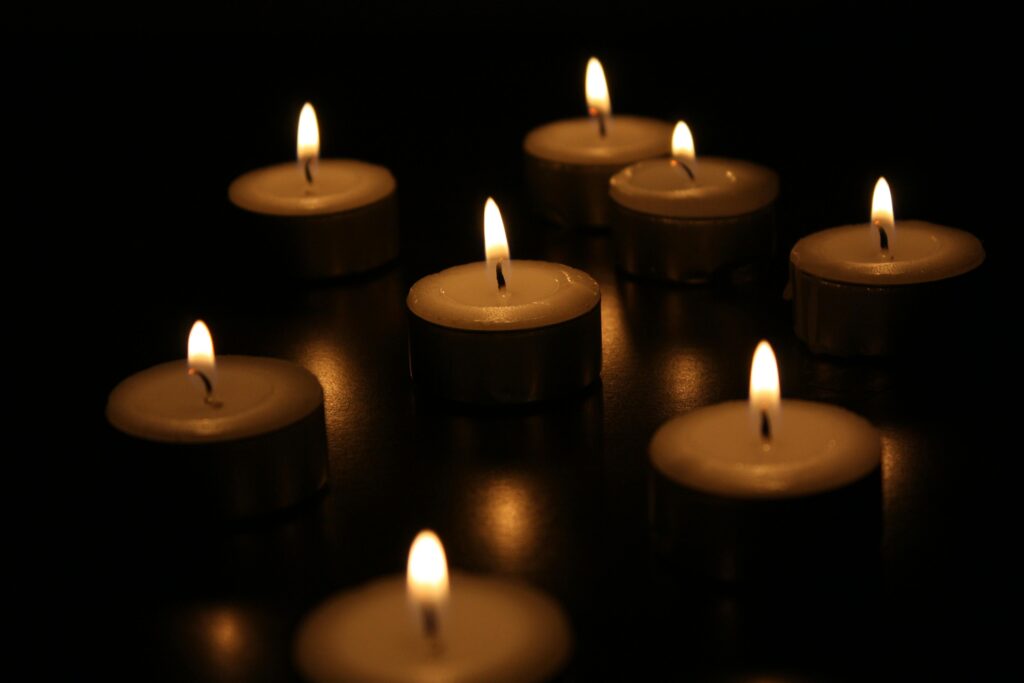
In rural areas, people once believed a candle flame could forecast storms. If the flame flickered wildly or bent toward the window, it was said to signal strong winds on the way. If it sputtered or went out, rain was expected. The candle served as an old-fashioned weather vane, helping families prepare for the day.
But these predictions weren’t just practical—they also had an eerie edge. Some people thought the candle wasn’t just responding to air pressure but to unseen forces. A restless flame might mean spirits were stirring as much as the weather. It gave an everyday candle an air of mystery that tied nature and the supernatural together.
8. Candles at Funerals Keep Souls Safe
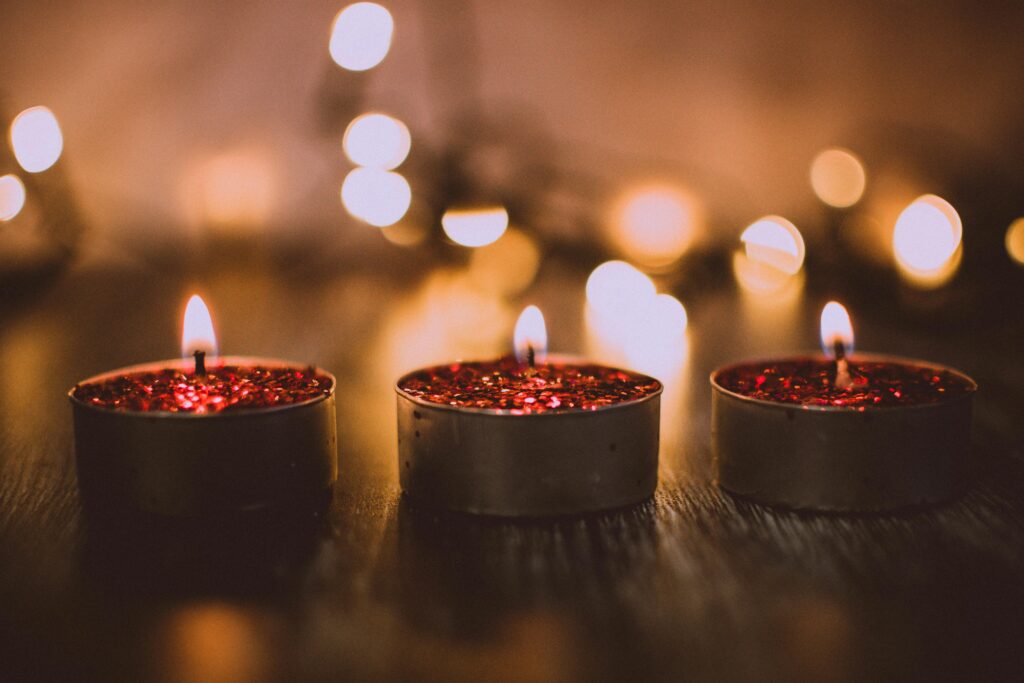
It was once believed that burning candles at funerals helped guide the soul of the deceased to the afterlife. Without them, the spirit might get lost, confused, or even wander back home to disturb the living. The light was meant to serve as a protective escort against dark forces waiting to snatch the soul.
Families took this practice seriously, often burning candles for days after a loved one’s passing. Neighbors sometimes added their own candles to strengthen the spiritual guard. The steady glow was both a comfort and a safeguard, reminding everyone of the thin line between life and what comes after.
9. Dripping Wax Tells Your Fortune
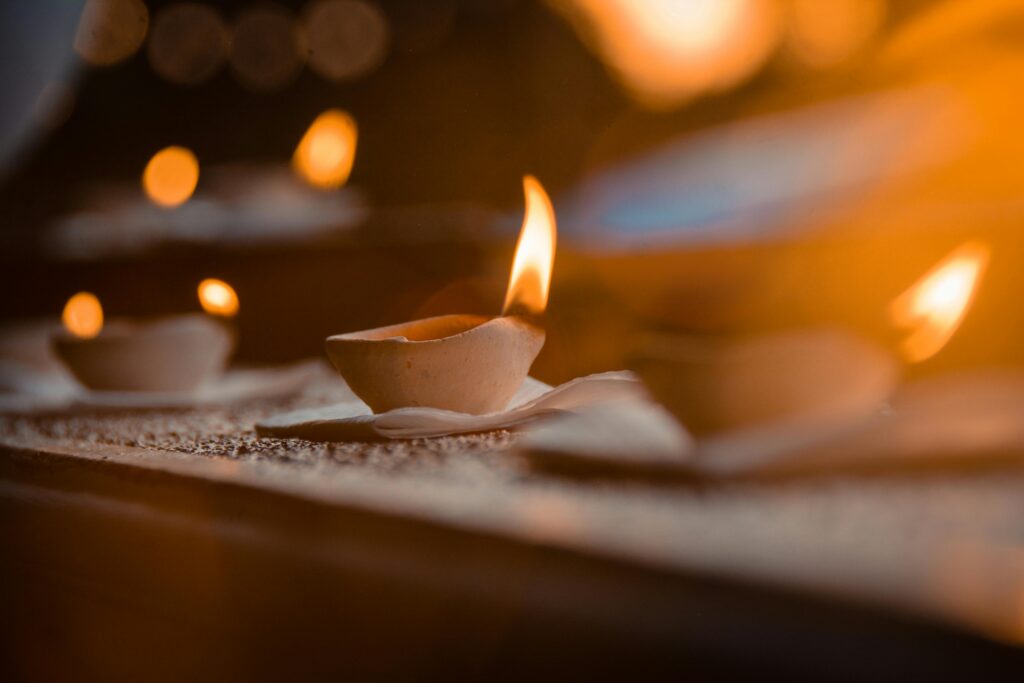
Some superstitions said the way a candle dripped could reveal the future. If wax pooled in circles, it meant harmony and happiness. If it formed sharp shapes or figures, it was seen as a warning of trouble ahead. People even practiced “candle reading,” staring at the patterns to try and glimpse fate.
This turned an ordinary candle into a kind of fortune-telling tool. Folks gathered at parties or late-night gatherings to watch wax spill and speculate on what it meant. While skeptics rolled their eyes, many treated it as a fun but spooky glimpse at destiny.
10. A Candle in the Window Attracts Strangers
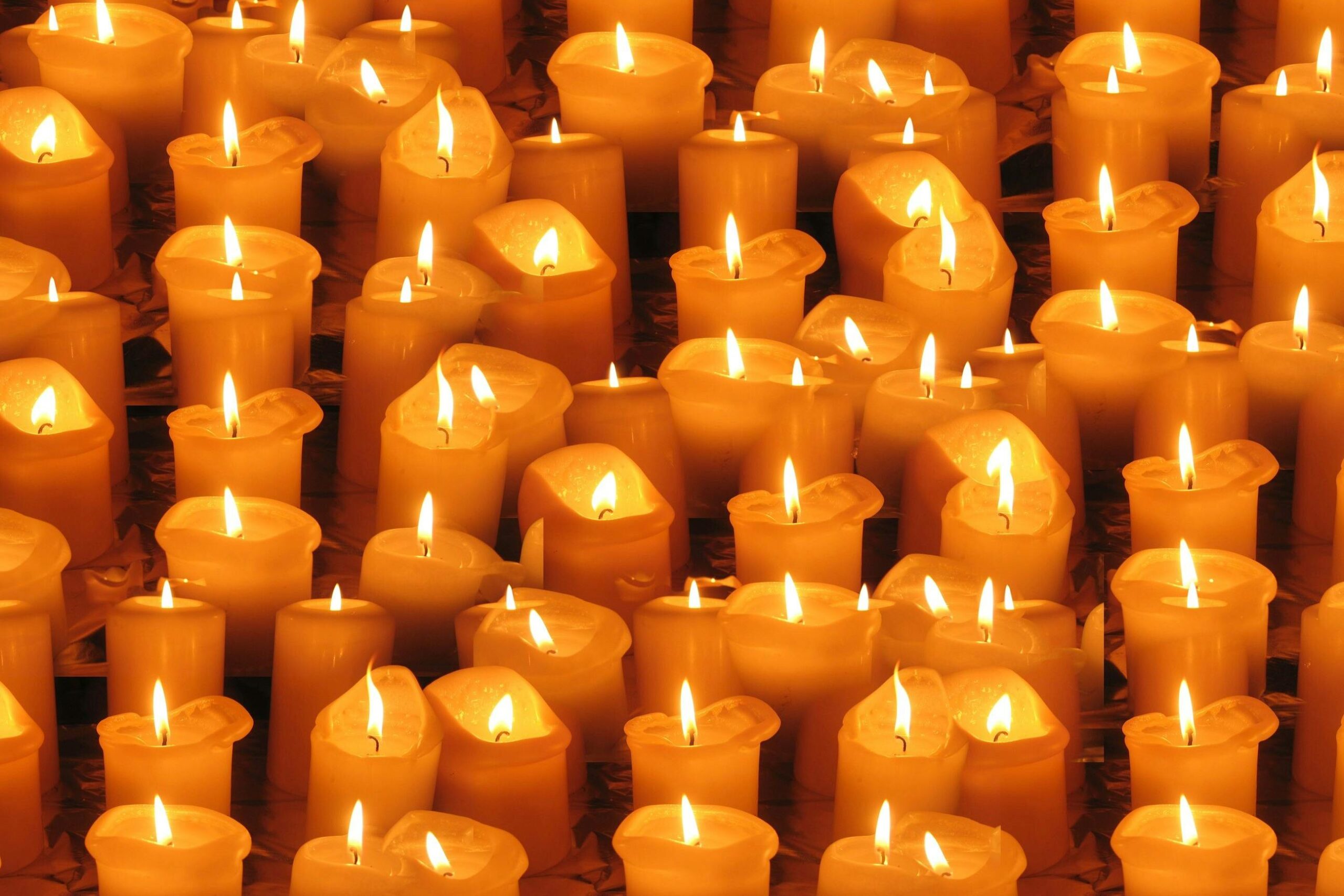
Leaving a candle in the window was sometimes seen as an invitation for spirits or strangers to come inside. While some families used it as a welcoming beacon for travelers, others believed it risked drawing in wandering souls. Folklore painted it as a double-edged symbol—hospitality on one side, haunting on the other.
Parents warned children not to sit too close to the glowing window, claiming they might see a ghost looking back. In some stories, the flickering light even lured in witches who followed it like moths to a flame. A simple gesture of kindness could quickly turn into a creepy tale in the right setting.
11. Candles Could Steal Your Breath
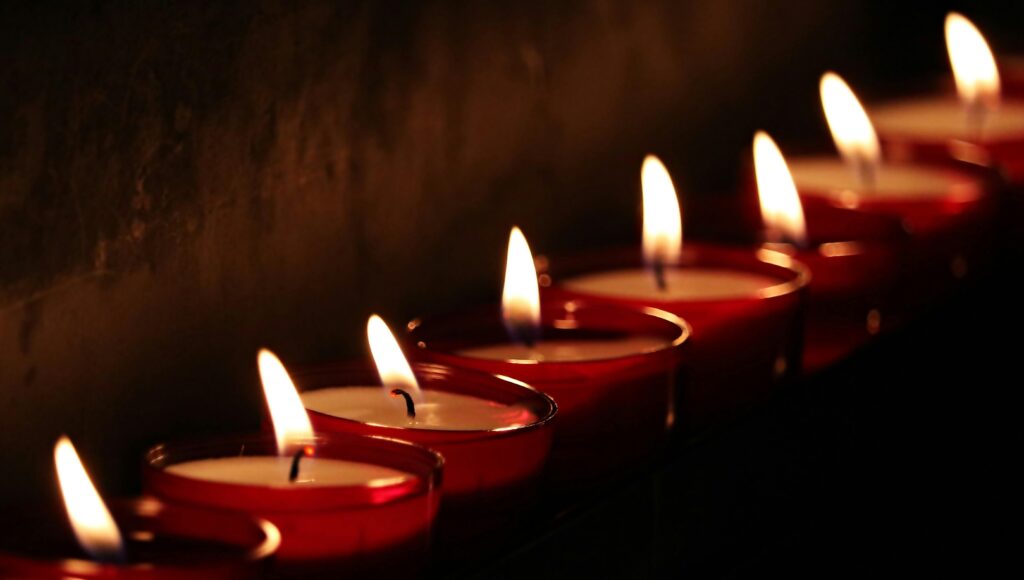
A strange belief once held that if you leaned too close to a candle, it could “steal” your breath. People imagined the flame inhaling as they exhaled, trapping part of their spirit in its glow. Some even thought this could weaken a person’s health or shorten their lifespan.
This myth often kept children away from candles, as parents used it to scare them into caution. Instead of just warning them about burns, they added the idea that a flame could drain their very life force. It made candles seem less like cozy lights and more like hungry little beings.
12. Candles Burn Faster in Haunted Houses
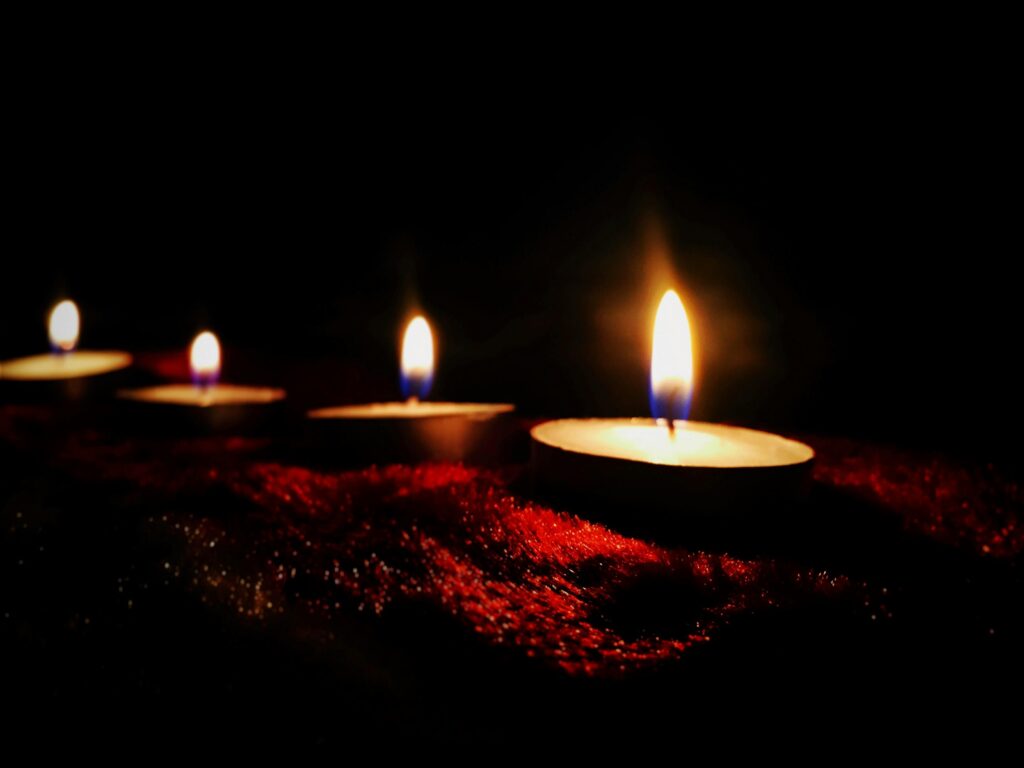
Another eerie myth claimed that candles burned quicker in haunted places. The belief was that spirits fed off the flame, draining its energy just as they might sap warmth from the air. People told stories of candles that melted away in hours where they should have lasted all night.
This superstition made haunted houses feel even creepier. If you brought a candle and watched it shrink faster than usual, it was taken as proof of ghosts nearby. Even today, ghost hunters sometimes include candles in their gear, just to test the old tale.
13. Never Light a Candle at Midnight
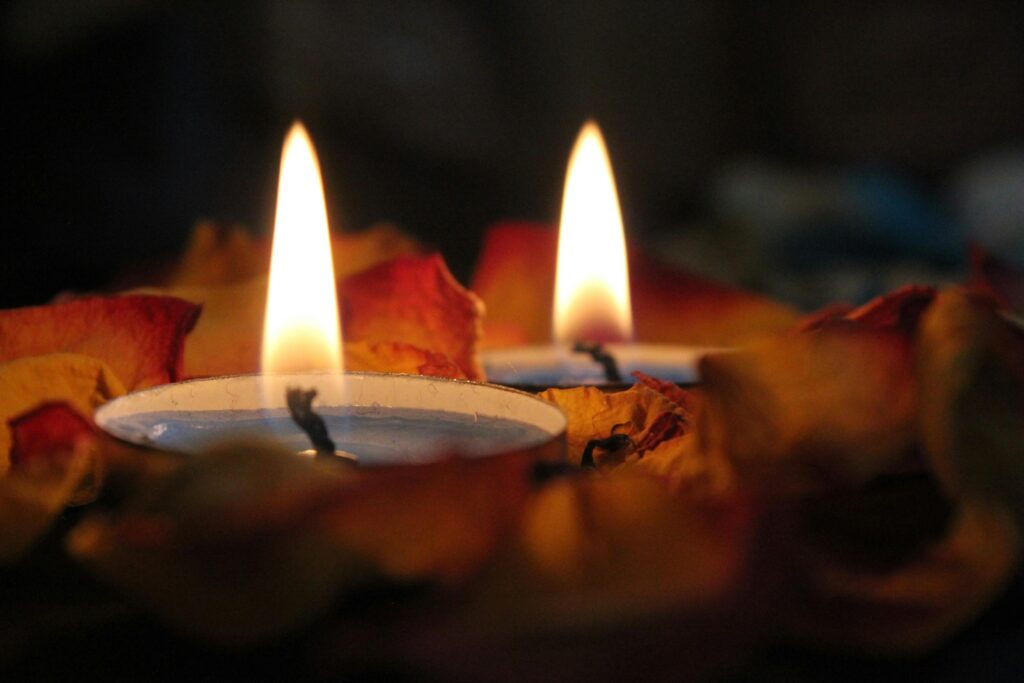
The hour of midnight has always carried a sense of mystery, and candles became wrapped up in that fear. Folklore warned that lighting a candle exactly at midnight could open a doorway to dark forces. Spirits, demons, or even the Devil himself were said to be more likely to slip into your home under that glow.
Because of this, families avoided striking a match late at night unless absolutely necessary. Midnight candlelight wasn’t just about seeing in the dark—it was a risky invitation to the unknown. For many, it was better to stumble in the dark than to test fate with a flame at the witching hour.
